The Phantom’s First Glimpse

Camera traps finally caught what researchers had been searching for—a clouded leopard emerging from dense jungle foliage. The distinctive cloud-like rosettes across its golden coat create perfect camouflage among dappled sunlight. This particular individual appears to be scanning its territory, ears perked forward in alert attention.
What makes this image extraordinary is the rarity of such clear footage. Most clouded leopards remain hidden in the forest canopy, making them one of the most challenging big cats to photograph in the wild.
Those Legendary Canine Teeth

A close-up reveals the clouded leopard’s most famous feature—canine teeth that can grow up to two inches long. These saber-like fangs are proportionally the largest of any living cat species. The yawning individual in this shot demonstrates the impressive gape that allows these teeth to deliver devastating bites.
Scientists believe these oversized canines evolved for penetrating thick hide and crushing bone. When you see them up close like this, it’s easy to understand why ancient peoples called them “tree tigers.”
Master of the Vertical World
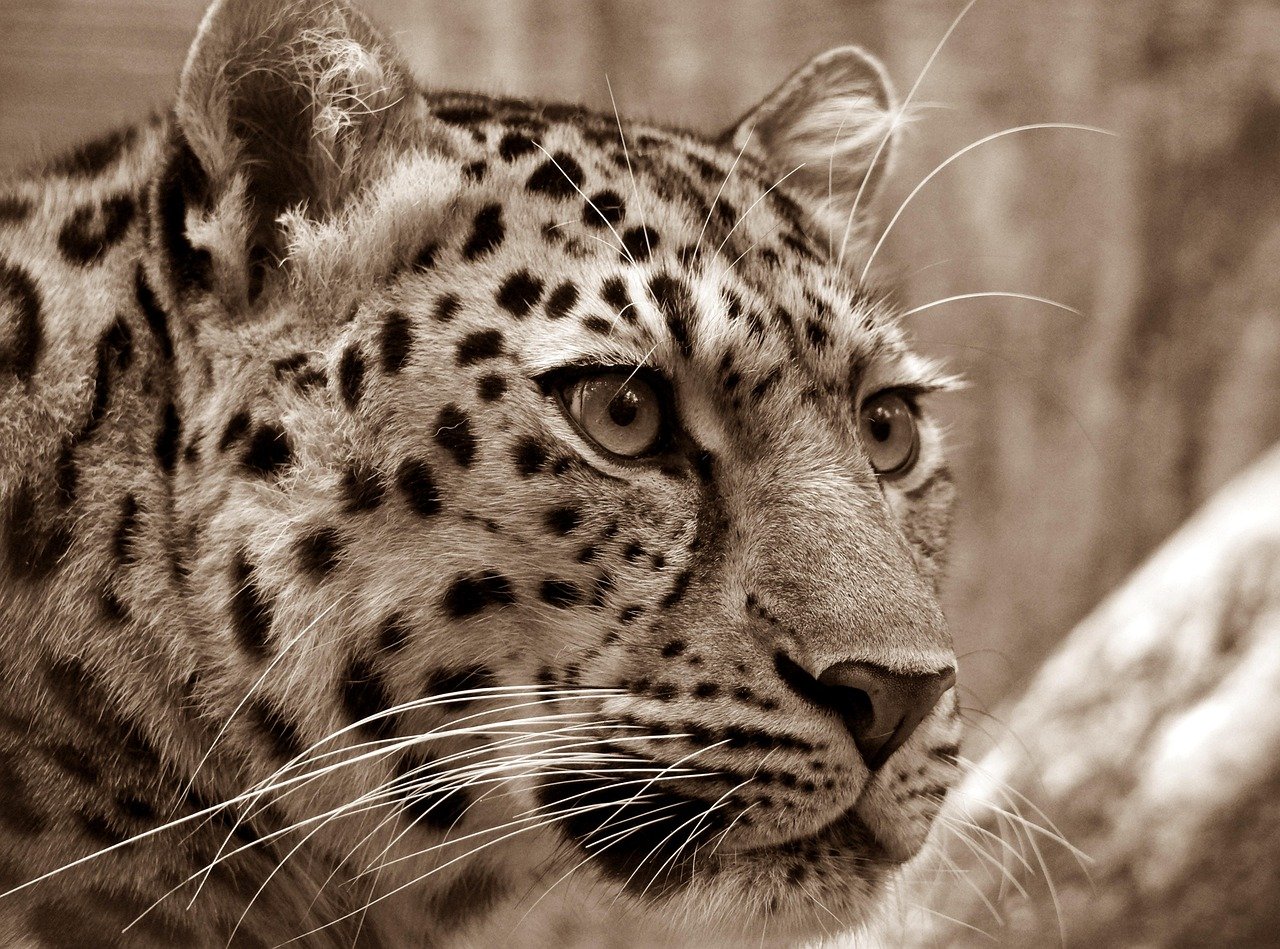
Captured mid-climb, this clouded leopard showcases abilities that put house cats to shame. Notice how effortlessly it navigates the vertical trunk, using curved claws and flexible ankle joints. The cat can actually rotate its hind feet 180 degrees, allowing it to climb down trees headfirst like a squirrel.
This particular image was taken in Borneo’s rainforest, where clouded leopards spend most of their lives 50 feet above ground. They’re so comfortable in trees that they often sleep on branches, completely relaxed in their aerial kingdom.
The Stare That Pierces Souls

Those pale yellow eyes seem to look straight through you, don’t they? This frontal portrait captures the intense gaze of a clouded leopard assessing a potential threat. The wide-set eyes provide excellent depth perception—crucial for a hunter that leaps between branches in dense forest.
Wildlife photographers describe this stare as haunting and intelligent. Local communities in Southeast Asia have long believed these cats possess supernatural awareness, earning them the nickname “ghost of the jungle.”
Liquid Grace in Motion

Mid-leap between branches, this clouded leopard demonstrates the fluid athleticism that makes them apex predators of the forest canopy. The extended body position shows incredible flexibility, while the focused expression reveals a hunter completely absorbed in the chase.
What’s remarkable is how silently they move through the trees. Local wildlife guides say you can have a clouded leopard directly above you and never know it’s there until it decides to reveal itself.
Baby Blues and Spotted Perfection

This rare image of a clouded leopard cub shows the transformation these cats undergo as they mature. Notice how the youngster’s eyes are still that brilliant blue color—they won’t turn yellow until around three months of age. The rosette patterns are already perfectly formed, just waiting to expand as the cub grows.
Cubs stay with their mothers for nearly two years, learning the complex skills needed to survive in the treetops. Only about half of all cubs survive to independence, making images like this particularly precious.
The Elusive Mainland Giant

This photograph captures a mainland clouded leopard, the larger of the two species. These cats can weigh up to 50 pounds and measure six feet from nose to tail tip. The robust build and broader head distinguish them from their island cousins in Borneo and Sumatra.
Mainland clouded leopards roam from the Himalayas to southern China, but spotting one requires extraordinary patience. This individual was photographed in Thailand’s protected forests, where conservation efforts have helped stabilize the population.
Twilight Hunter’s Domain
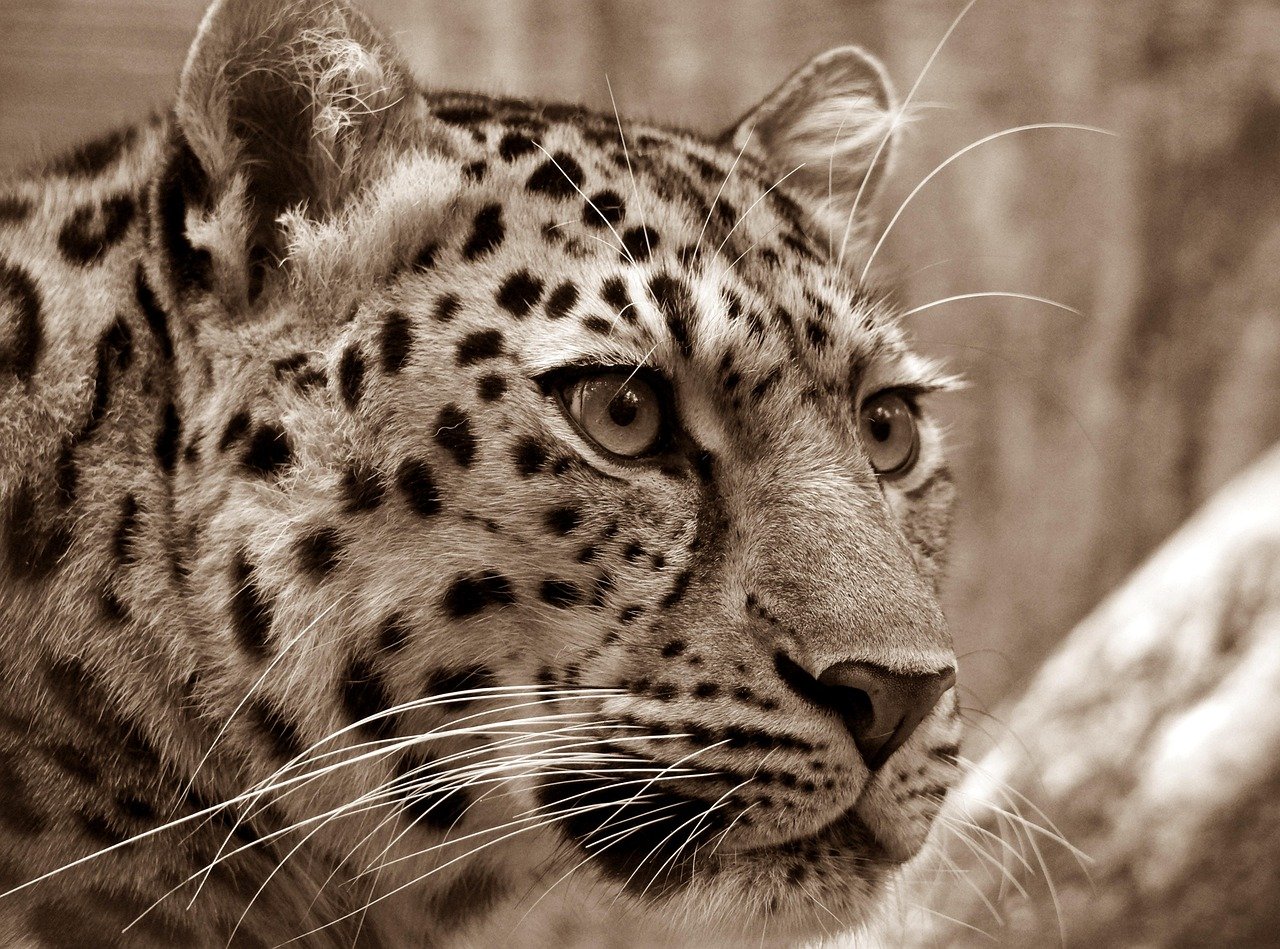
As dusk settles over the jungle, this clouded leopard prepares for the night hunt. The low light photography reveals how perfectly these cats blend with their environment—those cloud-like markings break up their silhouette against tree bark and shadows.
Clouded leopards are primarily nocturnal, becoming most active during the magical hours between day and night. Their excellent night vision gives them a significant advantage over prey species that struggle to see in darkness.
The Pensive Predator

Sometimes even apex predators need a moment to contemplate. This clouded leopard appears almost philosophical, gazing into the distance from its perch high in the canopy. The relaxed posture suggests a cat completely at ease in its three-dimensional world.
Researchers have observed that clouded leopards spend considerable time simply observing their territory from elevated positions. This behavior helps them track prey movements and monitor for potential threats or competitors.
Spots That Tell Stories

Each clouded leopard’s rosette pattern is as unique as a human fingerprint. This close-up reveals the intricate details of the markings that give these cats their name—dark-edged “clouds” that seem to drift across golden fur. The patterns vary dramatically between individuals and geographic regions.
Scientists use these distinctive markings to identify individual cats in camera trap studies. The complex patterns make each clouded leopard instantly recognizable, helping researchers track population numbers and behavior patterns.
The Sunda Islands Subspecies
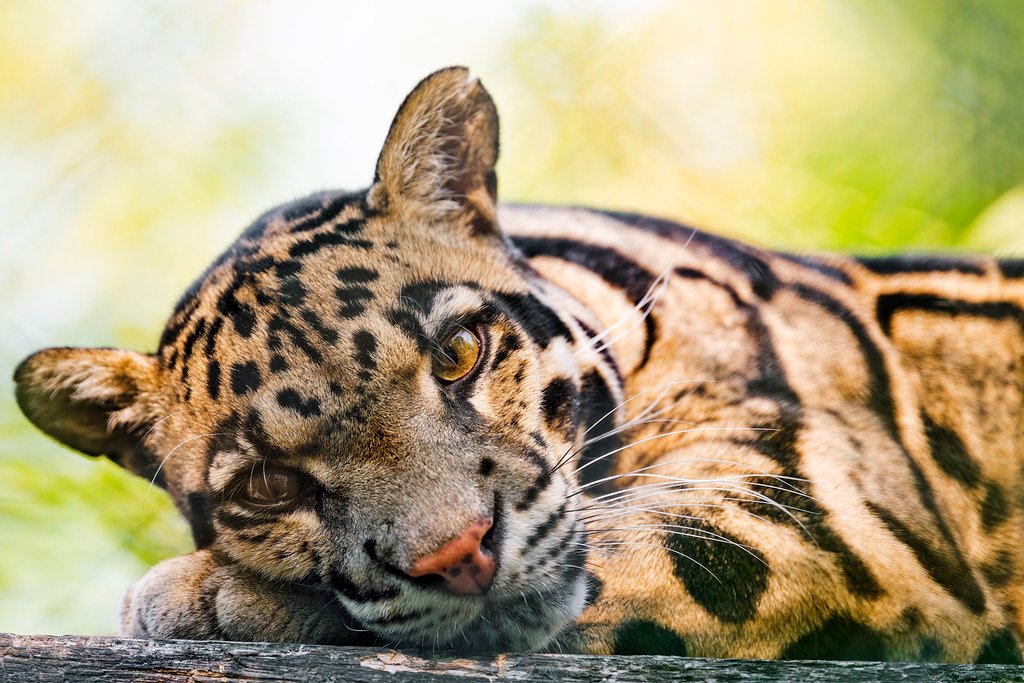
This photograph showcases a Sunda clouded leopard, found only on the islands of Borneo and Sumatra. Notice the darker, more densely packed rosettes compared to their mainland relatives. These island cats are generally smaller but incredibly agile, adapted to life in some of the world’s most biodiverse forests.
DNA analysis revealed that Sunda clouded leopards split from the mainland species over a million years ago. They’re now considered a separate species entirely, making conservation efforts even more critical for their survival.
Mother’s Watchful Eye

A protective mother keeps constant vigil over her hidden cubs in this touching wildlife moment. The alert posture and focused attention demonstrate the intense parental care that clouded leopards provide their young. Notice how her positioning allows her to scan for threats while remaining close to her offspring.
Female clouded leopards are fiercely protective mothers, often moving their cubs to new den sites if they sense any danger. This maternal dedication is crucial for species survival, especially given the challenges cubs face in the wild.
The Mysterious Mating Ritual

This extremely rare photograph captures part of the clouded leopard’s courtship behavior. The male’s approach appears cautious yet determined, while the female’s body language suggests she’s evaluating his suitability as a mate. These interactions are seldom witnessed in the wild.
Clouded leopards have a complex mating system that researchers are still trying to understand. The cats are typically solitary, making these brief encounters crucial for species continuation and genetic diversity.
Drinking from Hidden Springs
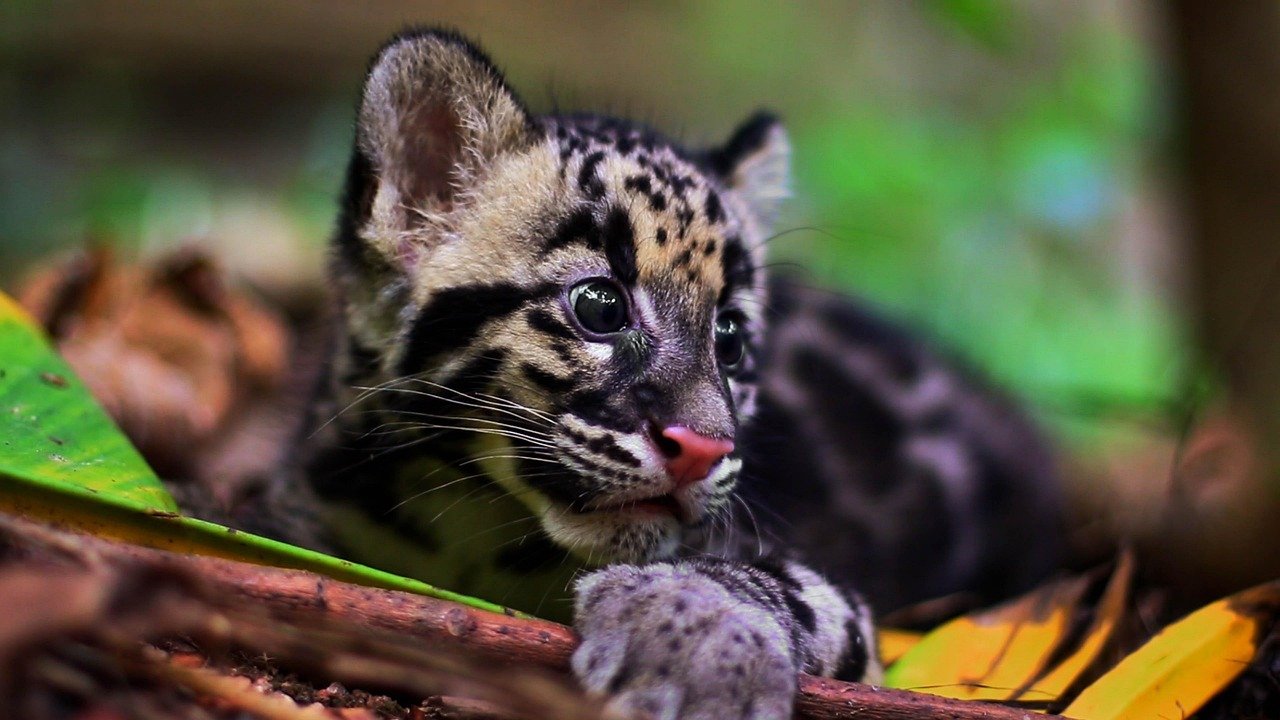
Even forest phantoms need water, and this image captures a clouded leopard at a remote jungle spring. The cat’s cautious approach to the water source shows how vulnerable these predators feel when they must descend to ground level. Every sense is alert for potential danger.
Finding water sources often requires clouded leopards to leave their preferred arboreal habitat. These moments of vulnerability highlight the importance of protecting entire forest ecosystems, not just individual trees.
The Conservation Challenge
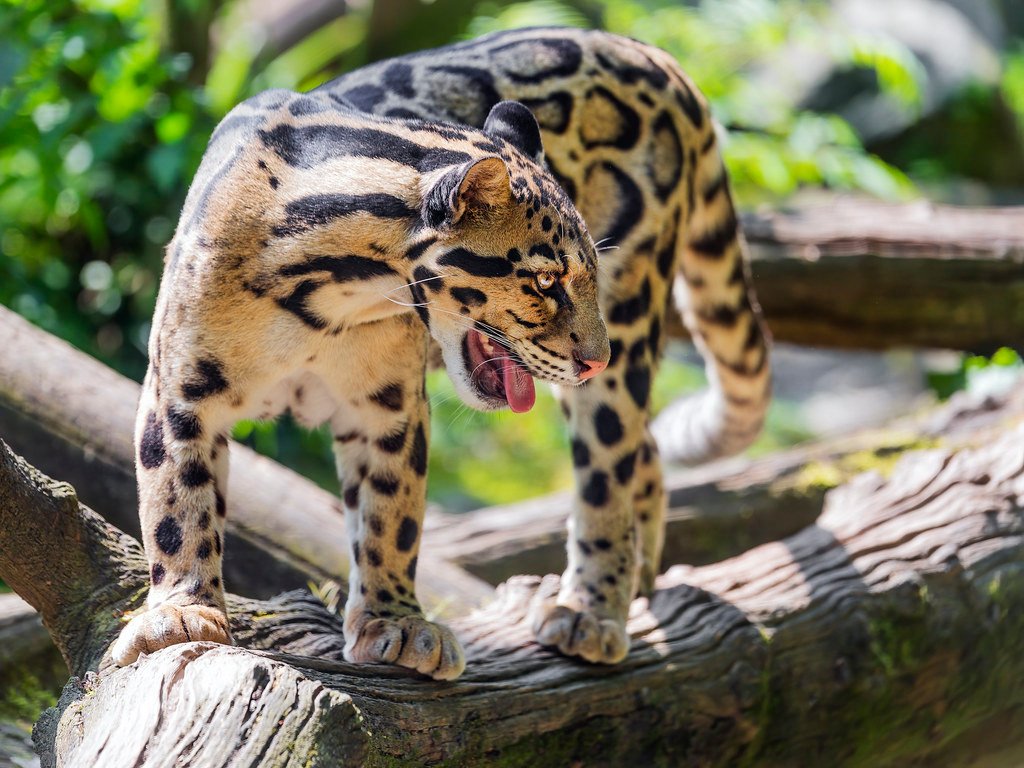
This poignant image represents both hope and urgency in clouded leopard conservation. The healthy adult photographed in protected habitat shows what’s possible when forests remain intact. However, the species faces mounting pressure from deforestation and illegal wildlife trade.
Current estimates suggest fewer than 10,000 clouded leopards remain in the wild across all populations. Every photograph like this one becomes a testament to what we stand to lose if conservation efforts fail.
Dawn’s Early Light
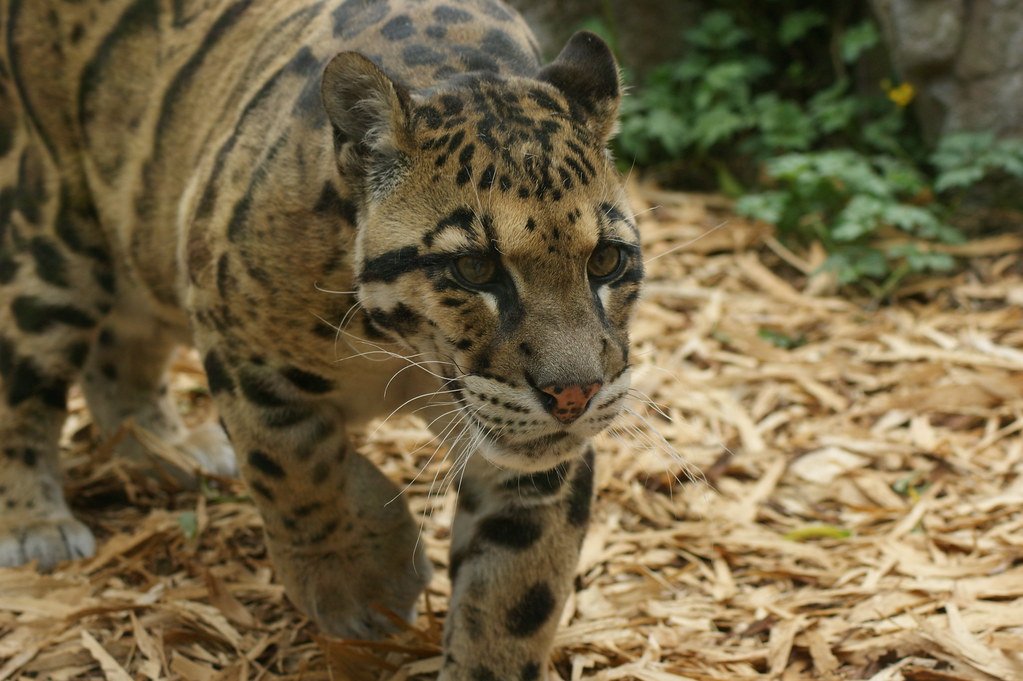
As morning mist rises through the jungle canopy, this clouded leopard prepares to rest after a night of hunting. The ethereal lighting creates an almost mythical quality, emphasizing why these cats have inspired countless legends throughout Southeast Asia.
Dawn and dusk photography of clouded leopards requires incredible patience and luck. The cats’ secretive nature means that capturing them in natural light often takes months of careful observation and preparation.
Legacy of the Ghost Cat
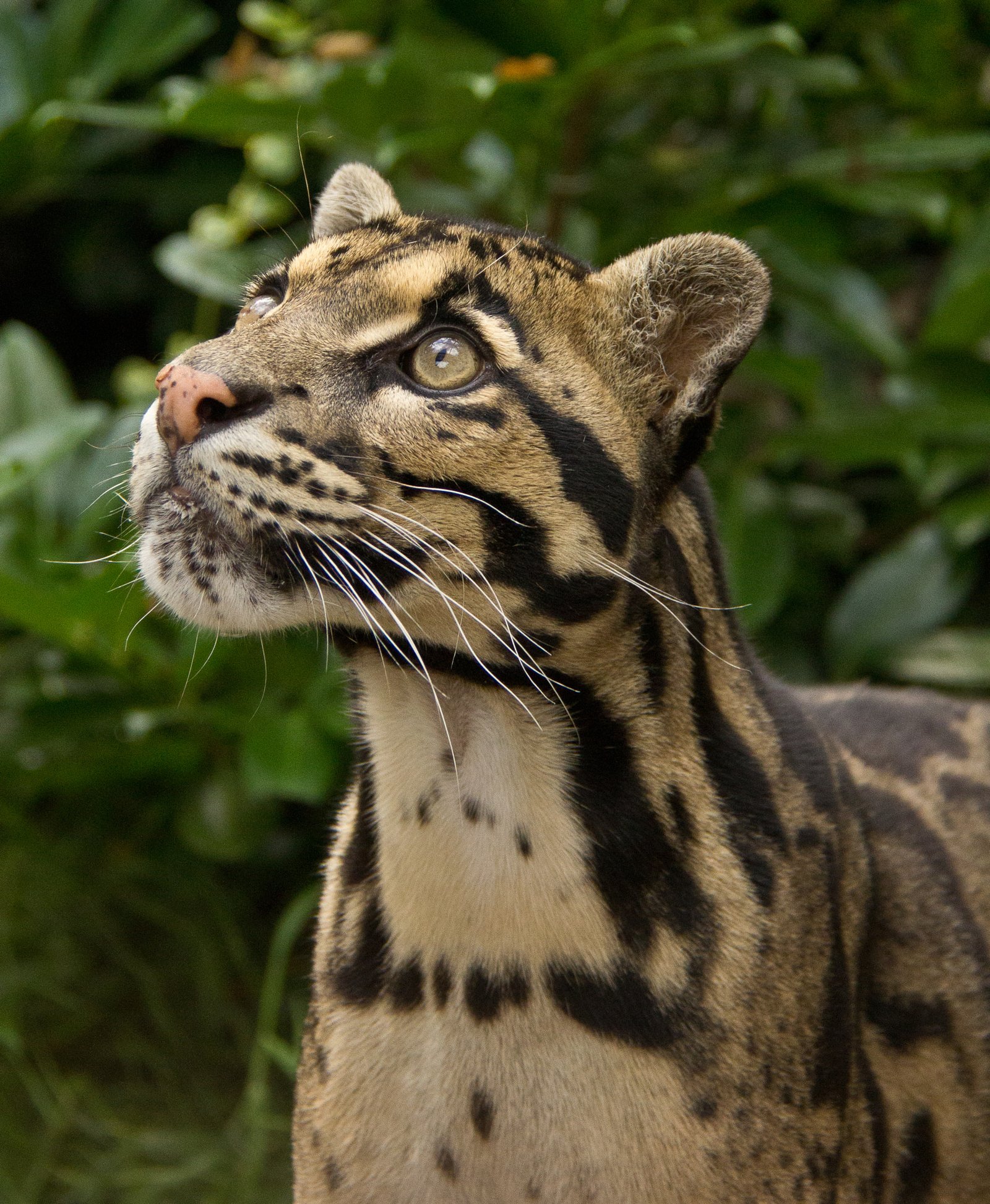
This final image encapsulates everything that makes clouded leopards so captivating—the mysterious gaze, the distinctive markings, and the sense that you’re witnessing something truly special. The cat seems to acknowledge the camera’s presence while maintaining its wild dignity.
Every photograph of a clouded leopard in the wild represents a small victory for conservation. These images don’t just document a species; they preserve moments of natural wonder that may become increasingly rare. The ghost of the jungle reminds us that some of nature’s most extraordinary creatures still walk among us, hidden in the green shadows of our world’s remaining forests.
Hi, I’m Bola, a passionate writer and creative strategist with a knack for crafting compelling content that educates, inspires, and connects. Over the years, I’ve honed my skills across various writing fields, including content creation, copywriting, online course development, and video scriptwriting.
When I’m not at my desk, you’ll find me exploring new ideas, reading books, or brainstorming creative ways to solve challenges. I believe that words have the power to transform, and I’m here to help you leverage that power for success.
Thanks for stopping by, Keep coming to this website to checkout new articles form me. You’d always love it!






